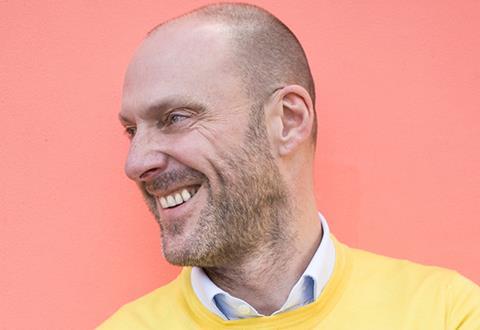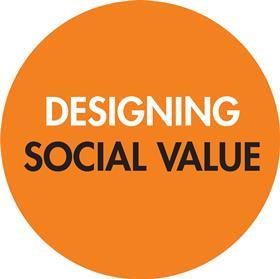Refusing to accept the status quo is the first step towards innovating our way out of the housing crisis, argues Martyn Evans

Getting things built is hard. If it takes superhuman effort to get even the most ordinary building completed, to deliver something game-changing over and above the ordinary is something else entirely. No wonder much of our development industry has a reputation for doing the bare minimum required to deliver a profit with little thought for the quality of place.
I am often asked by architects how they might persuade their developer clients to allow them to better use the skills for which they were hired. How do they persuade their clients to invest in quality? To spend that extra budget on quality materials, better landscaping, a more inspiring mix of uses?
My answer is always about presenting a commercial argument, not an aesthetic one. How do you show your client that the greater investment you’re suggesting creates exponentially greater value? Show them the flat round the corner that’s on the market for 20% more because it’s better designed and has more space than the flats they’re proposing.
The architects then ask: “But why is that my job?” Well it shouldn’t be your job to show the developer how to get more out of their investment. But let’s face it: it is in your interest to do that.
Of course, spending more isn’t the only way to deliver better. It can also come from working harder – from ambition, tenacity and finding perverse pleasure in never being satisfied.
In our market-driven world, where most of the affordable housing we can deliver is a function of private-sector development s106 agreements, we are locked into a set of assumptions about the viability of delivery that cuts out swathes of the country simply because “the sales values aren’t there”.
The planning system currently allows simple arguments to be made by developers that viability appraisals show no, or very little, affordable housing is possible in schemes in low-sales-value areas. Where is the incentive in this system to work harder on delivering lower build costs through clever design and construction solutions when there is such an easy lever to pull as the margin designed to pay for affordable homes? Could part of the public investment in homes needed to plug this gap be allocated to a research programme to deliver clever design solutions that both increase quality and decrease cost?
This is where ambition comes in. How are we ever to win if we don’t start with a collective, soaring ambition to solve a big problem?

Whose job is it to cheerlead this process? I’d say maybe someone in government, with both carrot and stick to help it along. But, in truth, I’d say it’s the responsibility of everyone involved in our industry to care a little more about doing better. Is it the RIBA? Is it the British Property Federation? RICS? Or all of them together? Or is it up to each and every one of us to make a commitment and a contribution? I can advise the architects I talk to all I like about persuading their clients to see the commercial value in commissioning better design but in the end I have to tell them that it comes down, not to a spreadsheet, but to someone (forgive me) giving a f***. Because without the will to try and make a difference, the spreadsheet will always win.
But ambition is only the start. One workshop does not a problem solve. That comes from relentless tenacity to make something work. Innovation is hard. James Dyson claims it took 5,127 prototype iterations to develop the first bagless vacuum cleaner. That’s some belief that he was on to a good idea. Who can give me an example in our industry of that kind of determination to change, fundamentally, the way something is done to deliver a better design with huge commercial potential? It’s not rocket science to understand the problems our industry faces. Where is the experimentation with open-source design thinking and collaborative working across our industry to find solutions that everyone can benefit from?
Finding pleasure in never being satisfied is a very personal thing. You have to be a very particular kind of person to enjoy waking up every day dissatisfied with the status quo and determined not to go to bed until you’ve done at least something to improve it. Maybe there aren’t enough of those people in our industry. Maybe we need to train for it. What I’m certain of is that the personal and professional rewards from thinking this way are great.
Postscript
Martyn Evans is creative director of U&I
















No comments yet